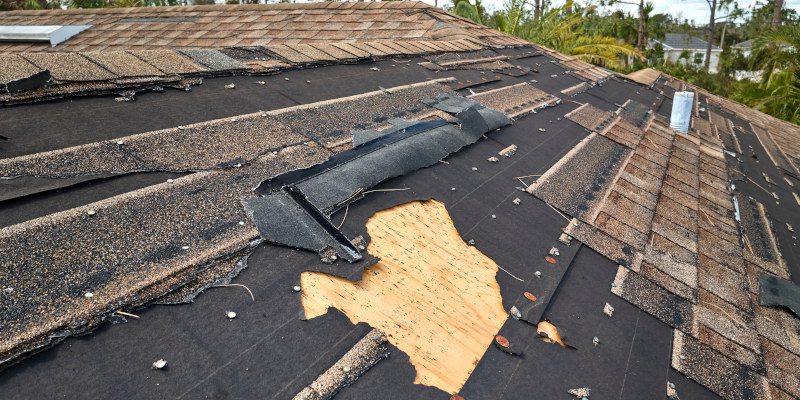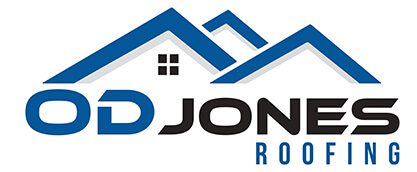After a strong windstorm, most homeowners glance at their roof to check for missing shingles or debris. If everything looks intact, they assume their roof is fine. But the truth is, wind damage isn’t always easy to spot—and what you don’t see can eventually cost you. Understanding how wind affects roofing systems—and why subtle damage matters—is key to protecting your home.

How wind damages roofs (even when shingles are still there): High winds don’t always tear off shingles. Often, they loosen the seal between the shingle and the roof deck. Once that seal is broken, wind can lift the shingle, allowing rain to get underneath or causing the shingle to crease and weaken.
Common hidden signs of wind damage include:
- Lifted or curled shingles
- Creased tabs (often hard to see without close inspection)
- Dislodged flashing or ridge vents
- Loosened nail fasteners
- Damage around roof edges, valleys, and penetrations
Over time, these weak points lead to leaks, insulation damage, mold growth, and interior water stains—even if you never saw a single shingle on the lawn.
Why it matters to act quickly: Small damage today can lead to major repairs tomorrow. And in Florida, where storms and humidity are constant threats, even a minor breach in your roofing system can spread quickly. Early detection is also critical for insurance. Most policies have time limits for filing wind damage claims. Delaying an inspection may give your insurance company reason to deny a claim based on neglect.
What to do after high winds:
- Schedule a professional inspection—especially if your area experienced high gusts.
- Document the date and conditions for future claims.
- Get repairs done promptly to prevent water intrusion and more expensive damage.
You don’t have to see shingles in your yard to have a wind-damaged roof. A professional eye can spot what’s easy to miss—and help protect your home before minor issues become major problems.


